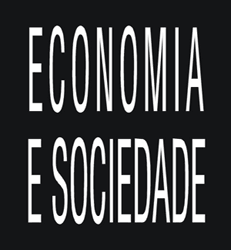Abstract
The management of monetary policy in Brazil has been marked by conservatism since the 1990s. In Dilma Rousseff's first term, the Central Bank of Brazil reduced the interest rate to its (then) historical floor, appearing to break this pattern. However, from 2013 onward, policy guidelines were revised, with the restoration of an even more aggressive conservatism. This paper describes the behavior of monetary policy in Brazil between 2011 and 2016, presenting the factors that conditioned how it was managed over time. It analyzes how the inflation targeting framework responded to pressures from the perspective of political economy and how the convention in favor of high interest rates reasserted itself after 2013. It is argued the rent-seeking behavior of non-financial corporations and the government's inaction to modify the institutional features of the monetary policy regime underpinned the behavior of Brazilian monetary policy.
Keywords:
Monetary Policy; Inflation Targeting; Inflation Expectations; Central Bank of Brazil; Dilma’s Government (2011-2016)

 Thumbnail
Thumbnail
 Thumbnail
Thumbnail
 Thumbnail
Thumbnail
 Fonte: BCB.
Fonte: BCB.
 Fonte: IBGE (Ipeadata).
Fonte: IBGE (Ipeadata).
 Fonte: IBGE (Ipeadata).
Fonte: IBGE (Ipeadata).